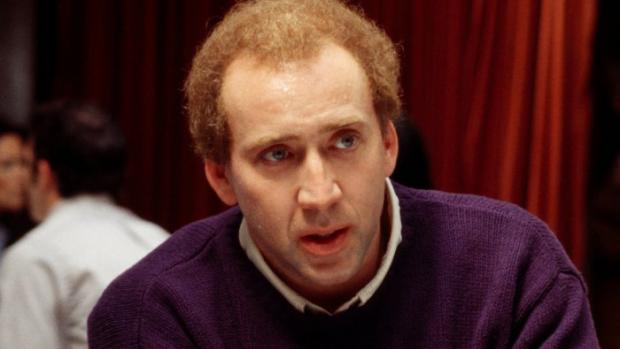
No one said they had to play it by the book. Adaptations are fascinating to see come to life mainly because of the question that always has to tag along with them: “how faithful will the movie be?” For fans of the novel or original story, it can be a true heartbreak to see stories they love rendered in a completely different fashion. Not to mention, sometimes the authors know best, and the additions or subtractions screenwriters and directors make end up hurting the film more than helping. But occasionally there’s a film that seems to do the impossible.
Now and then an adaptation comes along that wildly differs from what it is adapting yet carves out a confident identity for itself that is not just sensible but astounding in quality. The 10 below are the ones that defy the norms, the unfaithful adaptations that may seem to be committing sacrilege but make for one hell of a movie experience.
1. Dr. Strangelove (1964) from Red Alert
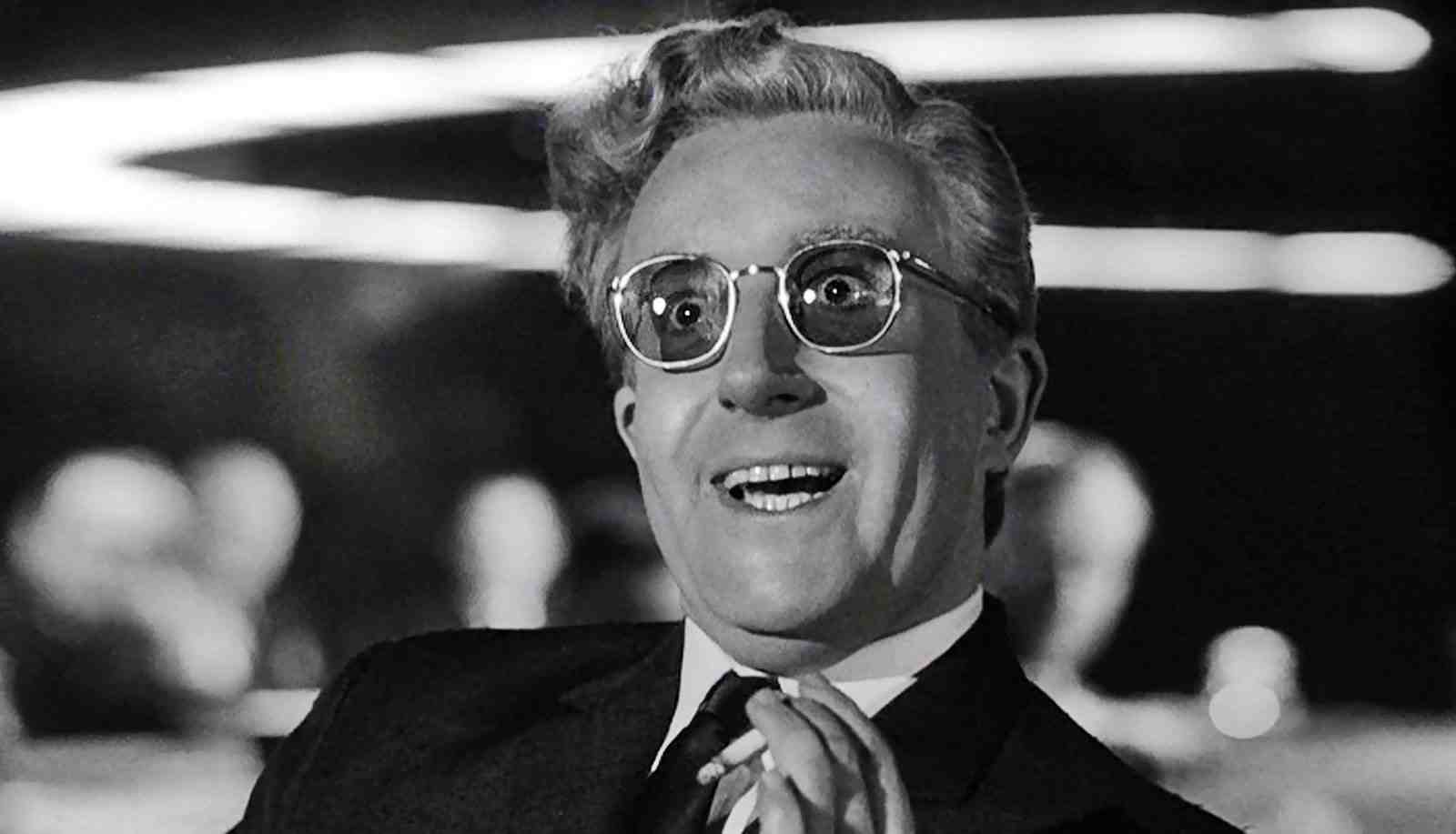
Stanley Kubrick is notorious for making one of the most unfaithful adaptations in movie history. The Shining after all may just be the most famous example of the title of this list, a movie so tinkered with from page to screen that Stephen King totally decried the film and its attempt to bring the book to life. Everyone else, however, adored it. But Dr. Strangelove, another Kubrick adaptation, is another great case study as well. Red Alert, the novel its based upon, is a serious, cold, procedural look at Cold War paranoia that takes absolutely no stops for laughs. Dr. Strangelove, is of course, the exact opposite.
Keeping the plot but absolutely desecrating the seriousness of the book, Dr. Strangelove’s legacy lies in how hilarious it is, in how it makes light of and jokes at the peculiarity of nuclear conflict. The film’s titular character, Dr. Strangelove, is not even in the book. He was a character made up for the screen, a comic relief struggling with a residue of Nazism that is not remotely present in the novel. The characters that remain don’t just have their names changed for comedic effect, like the president in the movie now being Merkin Muffley, but have their essence changed as well.
Jack Ripper may still find that the Russians are licking their chops to attack America at just the right time, but he also believes they are trying to make Americans into communists through bodily fluids. The competent President turns into a hesitant leader who cannot even hold a serious conversation with the Soviet Premier. But the film does not succeed in spite of those changes but because of them. Its silliness and exaggeration and total apathy for seriousness is the reason it’s revered as one of the great satires of all time.
2. Starship Troopers (1997) from Starship Troopers
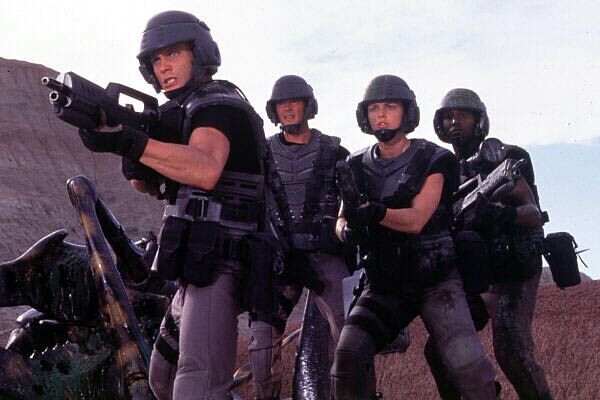
In a strikingly similar vein, Starship Troopers is an adaptation of another novel that deals with Cold War tensions that plays everything for laughs. The book, like Red Alert, is no joking matter, and that largely has to do with what it is trying to say. Starship Troopers as a novel is attempting to deliver a nuanced perspective on war and violence. It looks to spur American readiness against the Soviets because its point is ultimately that a functional, decent society must have the courage to do what’s right, even if that means murder.
Verhoeven’s Starship Troopers is the opposite of that. It is anti-war at every turn, making fun of jingoism and nationalism at every step of the way, reducing courage and valor to senseless machismo. Whereas the book does not delve into love, the film wields Denise Richards and her looks to parody war movies themselves. Rico is not doing it for his country like he is in the book he’s doing it for a girl. The high school elements add a large part of the cheesiness to Starship Troopers which are barely noticeable in Heinlein’s novel. Yet the majority would claim Starship Troopers is a successful movie. It is unapologetic in its B-movie tendencies, its action scenes are gory and fun, and the tongue-in-cheek humor works exceptionally well, turning the film into something of a cult classic. It, in an ironic turn, conveys a message almost opposite to book, but never ceases to marry its own style and allegory in beautiful, late 90s union.
3. Adaptation (2002) from The Orchid Thief
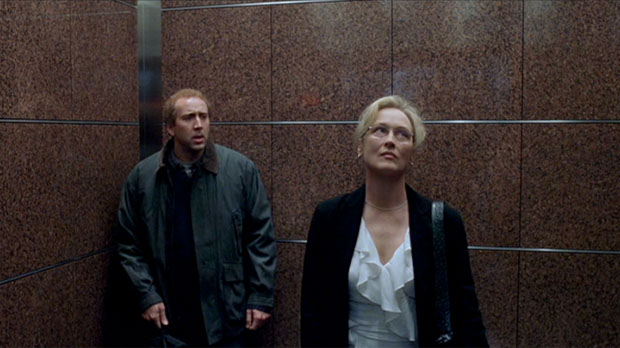
Is Adaptation an adaptation? More than any film on the list, it brings into question how far one can alter a source material before changing the intent entirely. And this is not a question in the subtext it is a question asked by the main character. Charlie Kaufman ends up replacing the main storyline of The Orchid Thief, the novel he is adapting, with himself. The story of Adaptation revolves around not just the pain involved in adapting something but also in trying to be an original artist. Since Charlie Kaufman is a mastermind, this very thread gets weaved into the part of the movie that concerns the book.
The Orchid Thief is a nonfiction book about flowers, but it is also one about obsession and losing sight of both story and sense when delving into a particular fascination. Which is, naturally, what Charlie Kaufman, both writer and character are struggling with. He radically alters the events and focus of the book but leaves some elements intact. Chris Cooper, the eccentric Orchid collector is here along with Orlean herself, played by the ever-marvelous Meryl Streep, but his tinkering makes the film so excellent.
The main storyline being a self-referential piece on the struggle of screenwriting totally rewrites the book, which as Kaufman acknowledges, is just kind of about flowers. But in crafting a story he felt comfortable with Kaufman elevates the novel but also Orlean herself, making a film that empathizes with her own struggle of making something unique and captivating for people to consume, even if it what she made would have not worked without significant changes.
4. O Brother Where Art Thou? (2000) from The Odyssey
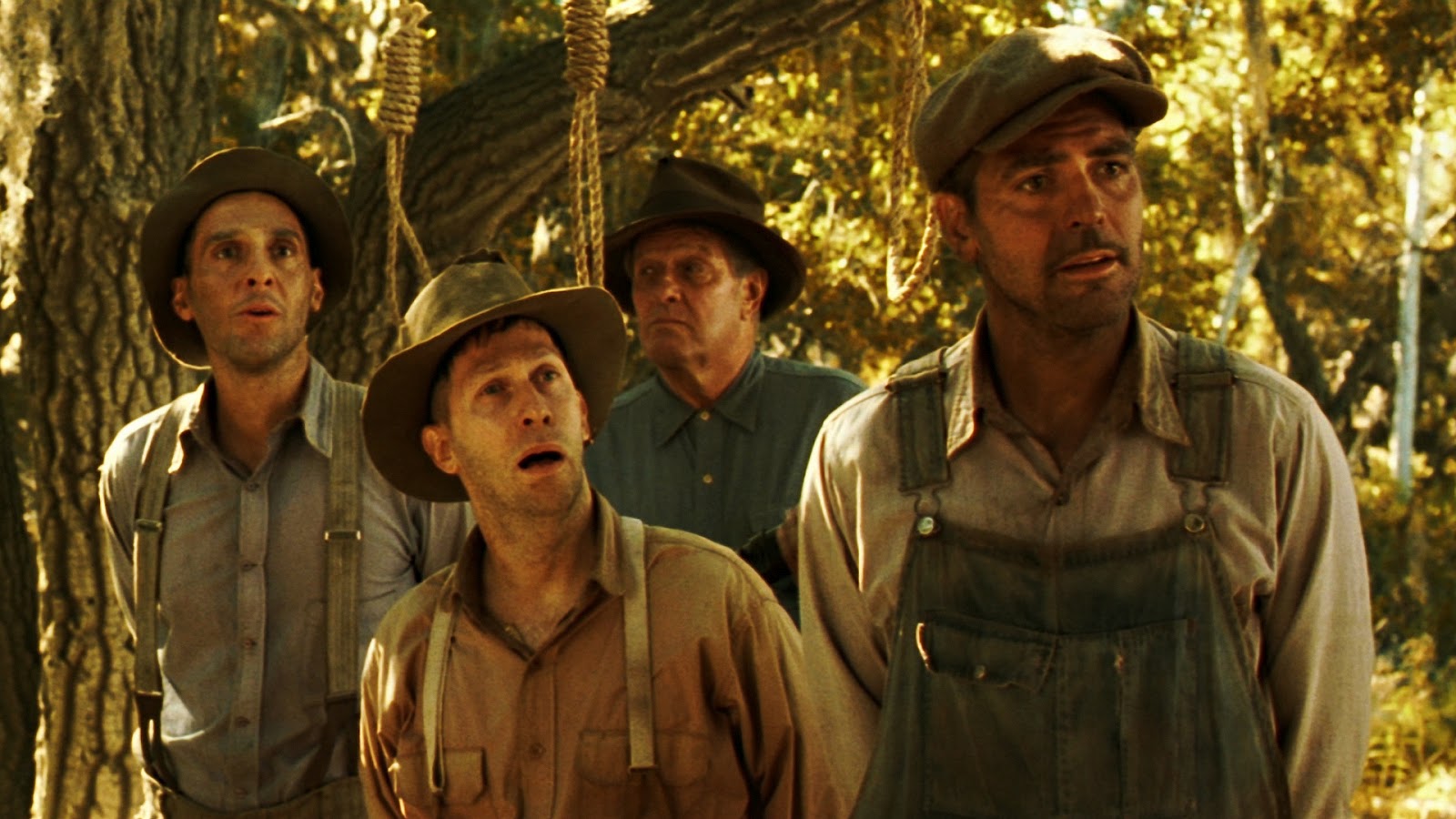
Though the Coens amusingly denied ever reading The Odyssey, O Brother Where Art Thou? is a loose and joyous adaptation of Homer’s epic poem. Plot-wise it has numerous callbacks to the original work such as John Goodman standing in for a cyclops and seductive women standing in for sirens but one not familiar with Homer may be totally unaware of the film’s source. O Brother covers its Greek DNA with a gleeful fast-paced adventure set in depression era America. It strays from the desperate journey of Odysseus and gives us a tale of escape with Ulysses and his band of marvelous idiots.
With a new setting comes new side characters for the protagonists to encounter and here the Coens present a lively pastiche of 1930s characters and ideas to toy with. Whether that be famous bank robbers, the KKK, or opportunistic music producers, O Brother gives a new assortment of subplots that feel more like a greatest hits collection of a struggling America than anything remotely resembling Homer’s text. The Coens snappy dialogue make for a witty and colorful film that’s a far cry from the poetic and lyrical exchanges and descriptions it’s based off of. While a lot of O Brother is owed to the Odyssey its differences make it into something entirely original, a musically driven ride through the Southwest with an identity all its own.
5. Who Framed Roger Rabbit? (1988) from Who Censored Roger Rabbit?
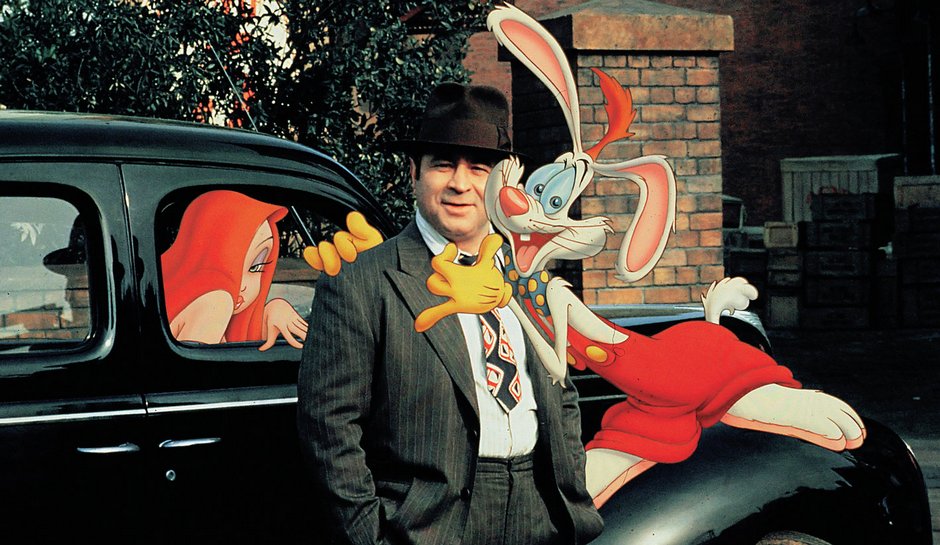
Who Framed Roger Rabbit? is one of the few instances where the creator of the original work actually enjoyed the changes made in the adaptation, and how couldn’t he? The merging of Looney Tunes and Disney characters was an opportunity no one should have passed up but in making a film with said characters, changes had to have been made. In accounting for the addition of these cartoon characters, Who Framed Roger Rabbit? Became a decisively more fantastical, family-based adventure. Private-eye Eddie Valiant seems to be the only one that wants to take anything seriously, and even his ambitions are foiled by the always eccentric title character, who is not a major player in the novel.
In fact, Roger Rabbit is killed off very early on in the novel. The premise lies in finding out who killed him and who wanted to silence him in the process. His early murder sets the tone for a novel that has much more obvious influences from 1940s noir movies. Jessica Rabbit gets to be a more traditional femme fatale, Eddie Valiant has no quirky toon world to counter his cynicism. All that’s there is the merging of famous characters from comic strips, not cartoons, and none have as outlandish sequences as Daffy and Donald Duck battling on dueling pianos. But, as Gary K. Wolf would recognize, the revolutionary merging of cartoon and real worlds was essential to make the story more accessible to audiences. More importantly, said merging was expertly handled, making for a once-in-a-lifetime cinematic experience that had more intelligence and layers than so many other blockbusters released at the time.